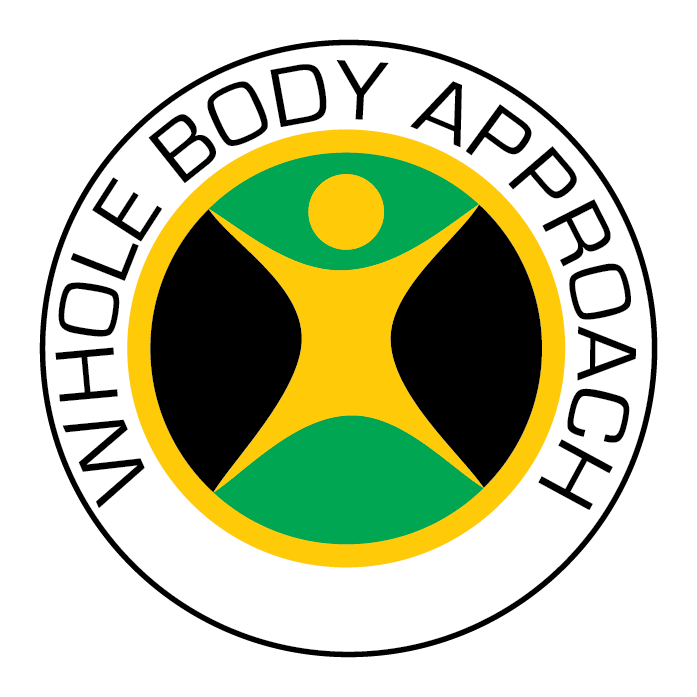5 Muscle-Building Mistakes That Hinder Your Muscle Gain Efforts
Building muscle is a journey that requires dedication, consistency, and the right approach. However, many active adults and restless parents unknowingly make mistakes that can slow or halt their progress. Whether you are trying to maximise your muscle mass or improve your overall strength, avoiding these common muscle-building mistakes is crucial. Let’s dive into the top five pitfalls and how you can overcome them to achieve the physique you’re working so hard for.
1. Overtraining: When More Isn’t Better
It’s easy to think that the more you work out, the faster you build muscle. However, overtraining can backfire, leading to fatigue, decreased performance, and injury. Your muscles grow during recovery—not while lifting weights—so neglecting rest days can hinder your muscle-gain efforts.
Signs You Might Be Overtraining:
Constant fatigue or lack of energy
Decreased performance during workouts
Persistent soreness in your muscle groups
Trouble sleeping or feeling restless
How to Fix It:
Schedule Rest Days: Incorporate at least 1–2 weekly rest days to allow your muscles to recover and grow.
Listen to Your Body: Reduce your workout intensity or volume if you feel overly fatigued.
Prioritise Sleep: Sleeping (7–9 hours per night) is essential for muscle recovery and testosterone production.
2. Neglecting Proper Nutrition: Fuel Your Muscle Growth
You can’t out-train a poor diet. Nutrition is the foundation of muscle building, and failing to eat enough protein, calories, or other key nutrients can sabotage your gains. Without proper fuel, your body won’t have the resources to repair and grow muscle tissue after a workout.
Common Nutrition Mistakes:
Not eating enough protein (a key building block for muscle mass)
Skipping meals or not eating enough calories
Relying too heavily on processed foods instead of nutrient-dense options
How to Fix It:
Focus on Protein: Aim for 1.6–2.2 grams of protein per kilogram of body weight daily.
Eat Balanced Meals: Include lean protein, complex carbohydrates, and healthy fats in every meal.
Consider Supplements: If you struggle to hit your protein goals with food alone, consider adding a high-quality protein powder.
3. Ignoring Progressive Overload: Challenge Your Muscles
One of the most common muscle-building mistakes is sticking to the same workout routine for too long. Your muscles will stop growing if you don’t progressively overload them by increasing weight, reps, or intensity. This plateau effect can be frustrating but is entirely avoidable.
What Is Progressive Overload?
Progressive overload involves gradually increasing the demands on your muscles during strength training. Without this principle, your body adapts to the workload and stops building new muscle.
How to Fix It:
Increase Weight Gradually: Add small increments to your lifts every 1–2 weeks.
Vary Your Reps and Sets: Mix up your rep ranges (e.g., 8–12 reps for hypertrophy or 4–6 reps for strength).
Incorporate New Exercises: Swap out movements like squats or bench presses for variations that target the same muscle group differently.
4. Poor Form: Quality Over Quantity
Using improper form during exercises not only puts you at risk for injury but also reduces the effectiveness of your workout. For example, performing a squat with bad technique might shift the focus away from your target muscles (like quads and glutes) and onto other areas like your lower back.
Common Form Mistakes:
Rushing through reps without full range of motion
Lifting weights that are too heavy for proper control
Neglecting core engagement during compound lifts
How to Fix It:
Learn Proper Form: Work with a personal trainer or watch instructional videos to master the technique.
Use a Mirror: Check your form during squats or deadlifts.
Start Light: Focus on perfecting your form with lighter weights before progressing.
5. Skipping Recovery Essentials: Sleep and Stretching Matter
Recovery isn’t just about taking rest days—it’s also about what you do outside the gym. Skipping recovery essentials like stretching, mobility work, and sleep can lead to tight muscles, reduced flexibility, and slower progress in building muscle mass.
Why Recovery Matters:
Lifting weights or performing any strength training exercise creates tiny tears in your muscle fibres. Recovery allows these tears to repair and grow stronger, increasing muscle mass.
How to Fix It:
Stretch Regularly: Incorporate dynamic stretches before workouts and static stretches afterwards.
Hydrate Well: Water is key in transporting nutrients needed for recovery.
Optimise Sleep Quality: Create a bedtime routine that promotes deep sleep—this is when most of your muscle repair happens.
Conclusion: Build Muscle Smarter, Not Harder
Muscle building isn’t just about lifting heavy weights; it’s about adopting a smart approach that includes proper nutrition, recovery, progressive overload, and good form. By avoiding these five common mistakes—overtraining, neglecting nutrition, ignoring progressive overload, using poor form, and skipping recovery—you’ll set yourself up for consistent progress and long-term success.
Remember that consistency beats perfection for active adults juggling busy schedules or restless parents trying to squeeze in workouts between school runs and bedtime routines. Focus on small improvements each week, listen to your body’s signals, and don’t hesitate to adjust when needed.
FAQ: Common Questions About Muscle Building
Q: How much protein do I need for muscle growth?
A: Aim for 1.6–2.2 grams of protein per kilogram of body weight daily. For example, if you weigh 70 kg (154 lbs), you should consume around 112–154 grams of protein daily.
Q: Can I build muscle without lifting heavy weights?
A: Yes! While lifting heavier weights helps with progressive overload, you can still build muscle using lighter weights with higher reps or resistance bands if you challenge your muscles effectively.
Q: Is cardio bad for building muscle?
A: Cardio isn’t inherently bad, but excessive amounts can interfere with muscle gain by burning calories needed for growth. Based on your goals, balance cardio with strength training.
Q: How long does it take to see noticeable results?
A: Most people begin noticing changes in their physique within 8–12 weeks if they follow a consistent workout routine with proper nutrition and recovery.
Q: Can I build muscle if I’m over 40?
A: Absolutely! While ageing may slightly slow down muscle growth due to lower testosterone levels, strength training combined with good nutrition can yield impressive results at any age.

